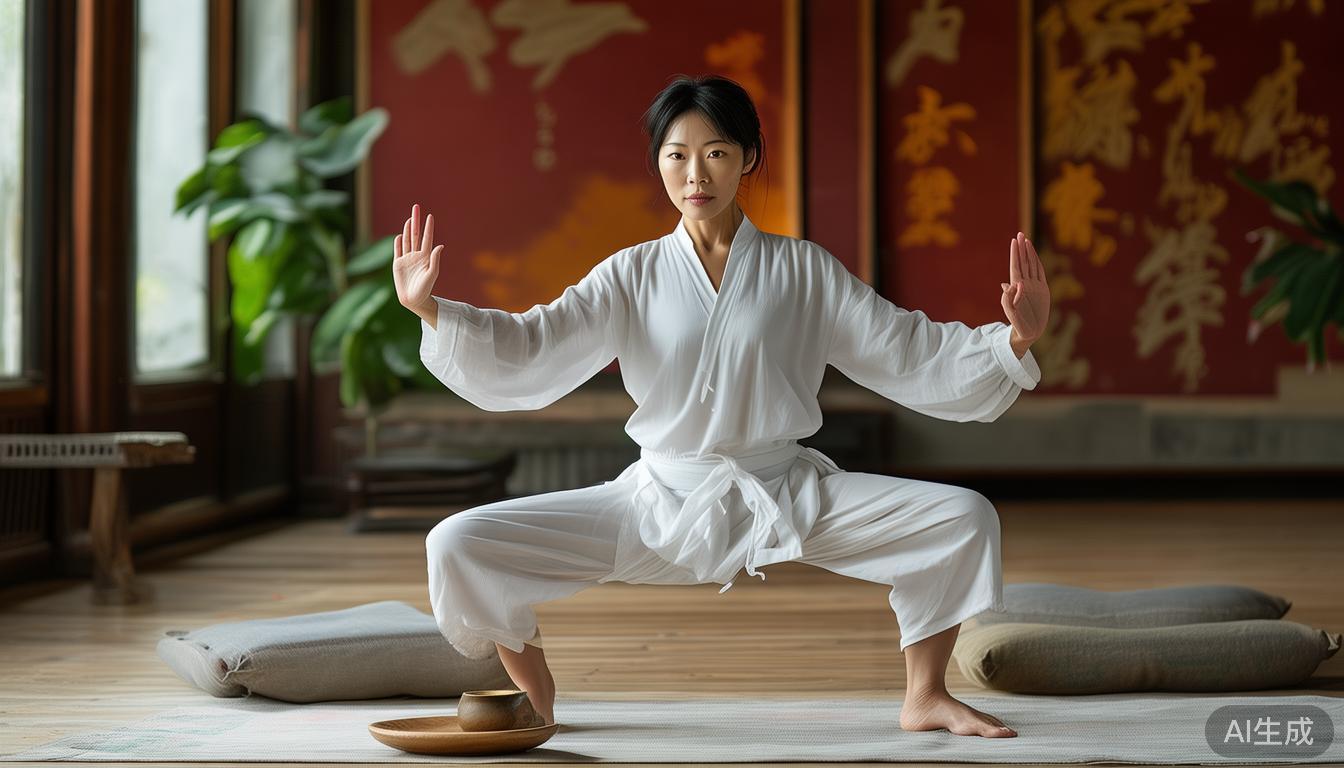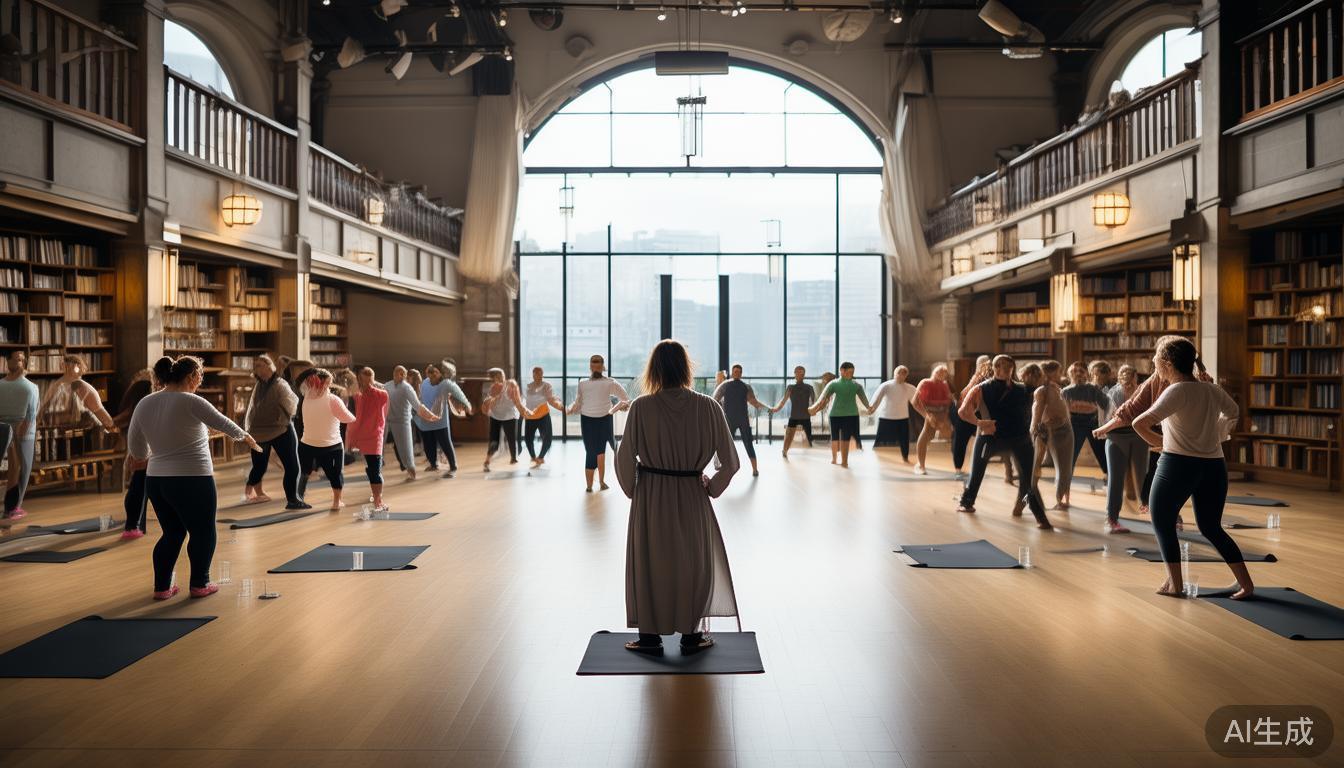Over the years, I have seen many people who improve physical and mental health through orderly Tai Chi practice. The Tai Chi recommended by the NHS is smooth and clear. It can not only relieve chronic pain, but also improve the overall quality of life. This is an exercise that takes into account both breathing and movements. It is especially suitable for people who have been troubled by joint problems for a long time. Its actual effect has been clinically verified and has become an important option to replace traditional rehabilitation methods.
Why the NHS recommends Tai Chi exercise
The British National Healthcare System has included Tai Chi in the recommended project nhs tai chi exercises , which originated from Tai Chi with a unique rehabilitation mechanism Tai Chi Lessons . Unlike high-intensity exercises that can activate deep muscle groups through slow flow movements, which not only improves core strength, but also avoids exercise injuries. When guiding students, I found that practicing three times a week can significantly improve balance ability, which is very important for preventing falls in the elderly. Many students reported that it became convenient to go up and down the stairs after continuous training.

How Tai Chi relieves chronic pain
People with chronic pain often fall into a vicious cycle. The more they feel pain, the less they dare to move. What can break this deadlock is the harmonious movement of Tai Chi, such as the cloud hand movement. This movement can gradually release the pressure of the waist and back with the help of the spiral movement of the spine. It is the only whip posture that can re-adjust the body force line to reduce the burden on the knee joint. A patient who suffered from long-term low back pain once told me that after practicing for up to six months, he would not take painkillers that had been taking for many years. In the end, it would be true that it would be possible. This situation is not a special case alone, but is due to the stress and relaxation of Tai Chi muscles, which can play a relief role because the nervous system has influence and assistance, thus producing a two-way regulation effect.
NHS Tai Chi movements suitable for beginners
Starting from the starting point of the starting point and then heading towards the Mustang's mane, at the NHS screening location, where all behaviors have been assessed for safety. To provide some advice to beginners, the first is to take the sitting posture of Tai Chi as a practice point, find a fixed chair to sit on it, and do activities such as arcing the arms and twisting the torso here. After the body adapts to these behaviors, try it while trying to stand and make strategies for mastering the shift of focus. A particularly important part is to maintain your own breathing rhythm, that is, take the initiative to inhale when raising your hand, and then take the initiative to exhale when you fall back. I always advise students not to blindly pursue the movement amplitude, but to focus on the consistency of movement and breathing. This is actually the most critical core of the effect.

Where to find NHS Tai Chi teaching resources
The official NHS web page is outside the community medical center. It has a graded video course, including an exclusive version of arthritis and an exclusive version of Parkinson's disease. Its resources are marked for each action precautions, such as how people with knee discomfort should adjust their footwork. However, it is recommended that those who are just starting to learn rely on online courses to master the basics, and then join the local Tai Chi rehabilitation group learning activities. Many current libraries also provide free course CD-ROM services for everyone.
Everyone here, have you ever encountered such obstacles that are not expected or expected during the NHS Tai Chi course? Welcome to the comment section to share your own experiences. If you feel that the guidance given is of great value, then do a good job of likes and supporting it so that more people in need can see it.



